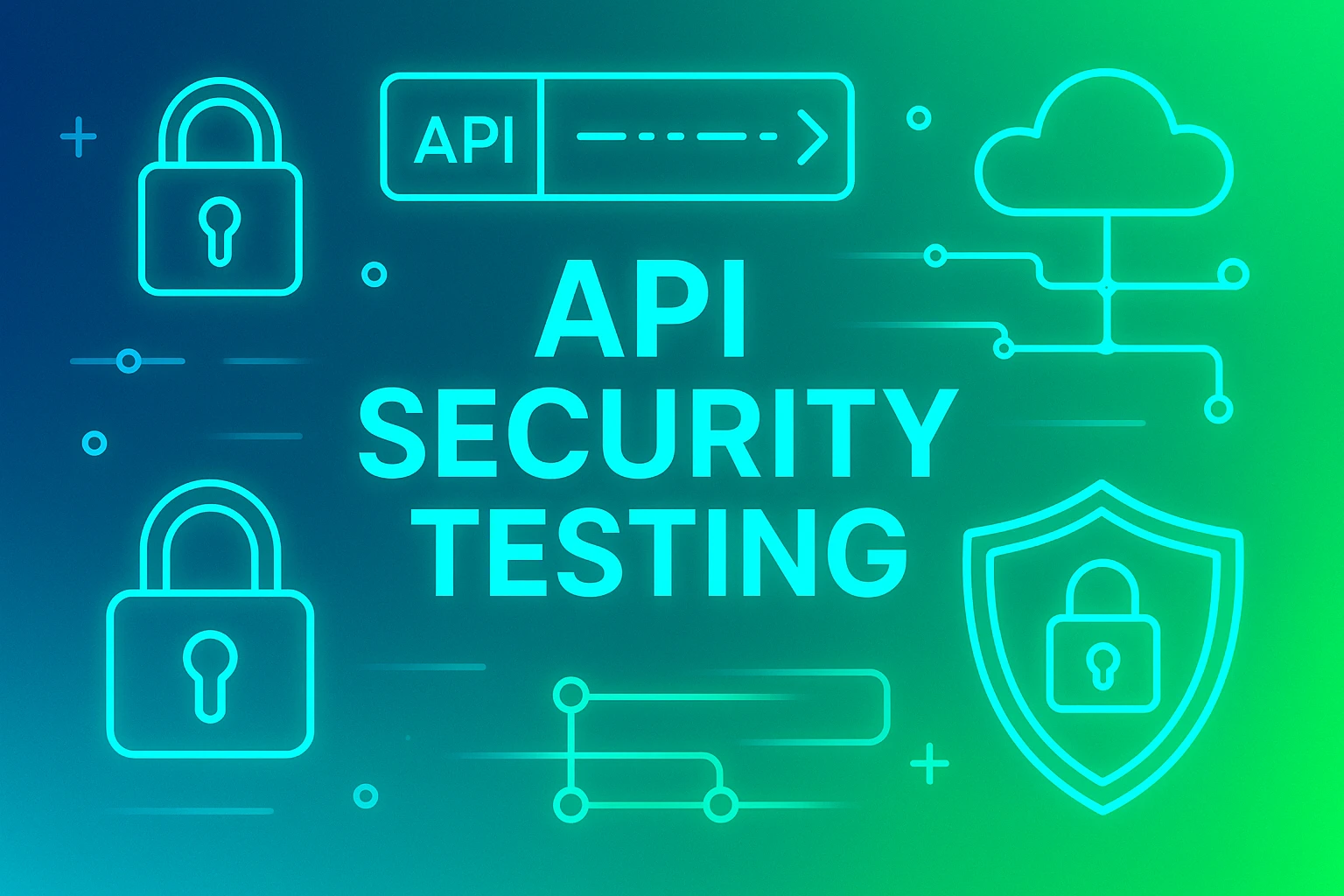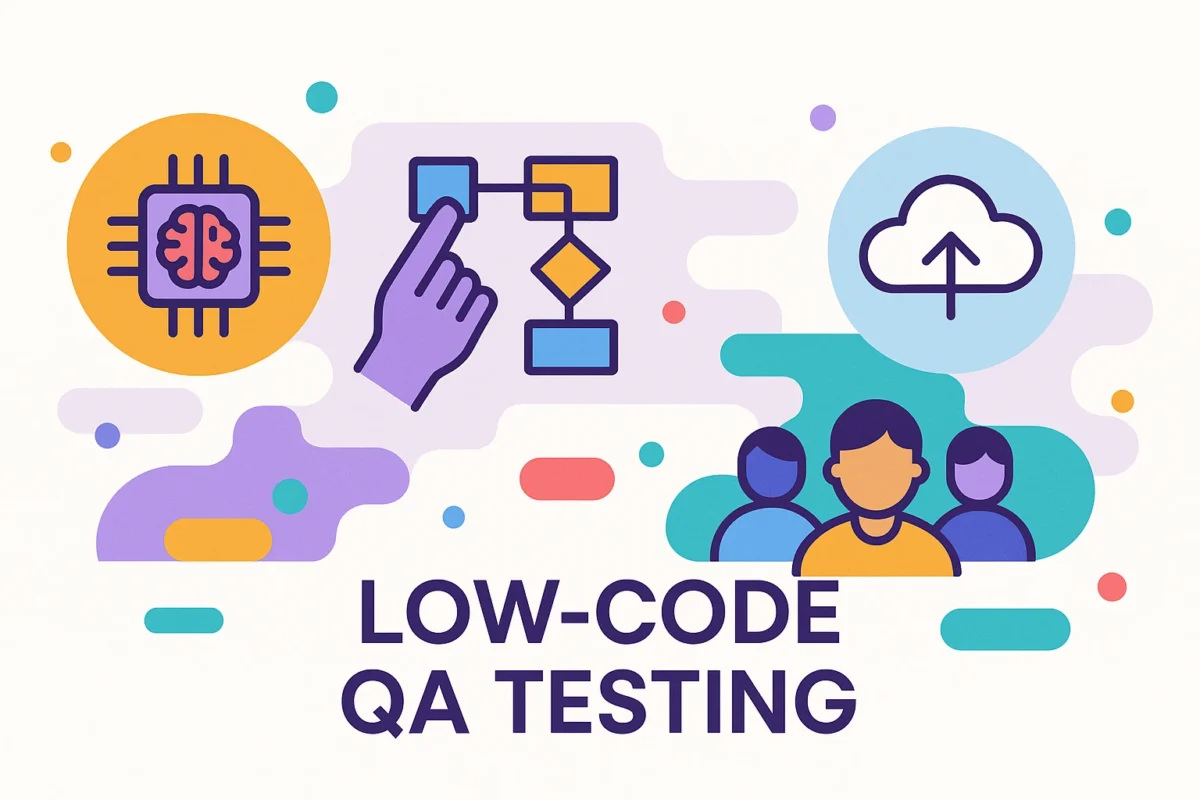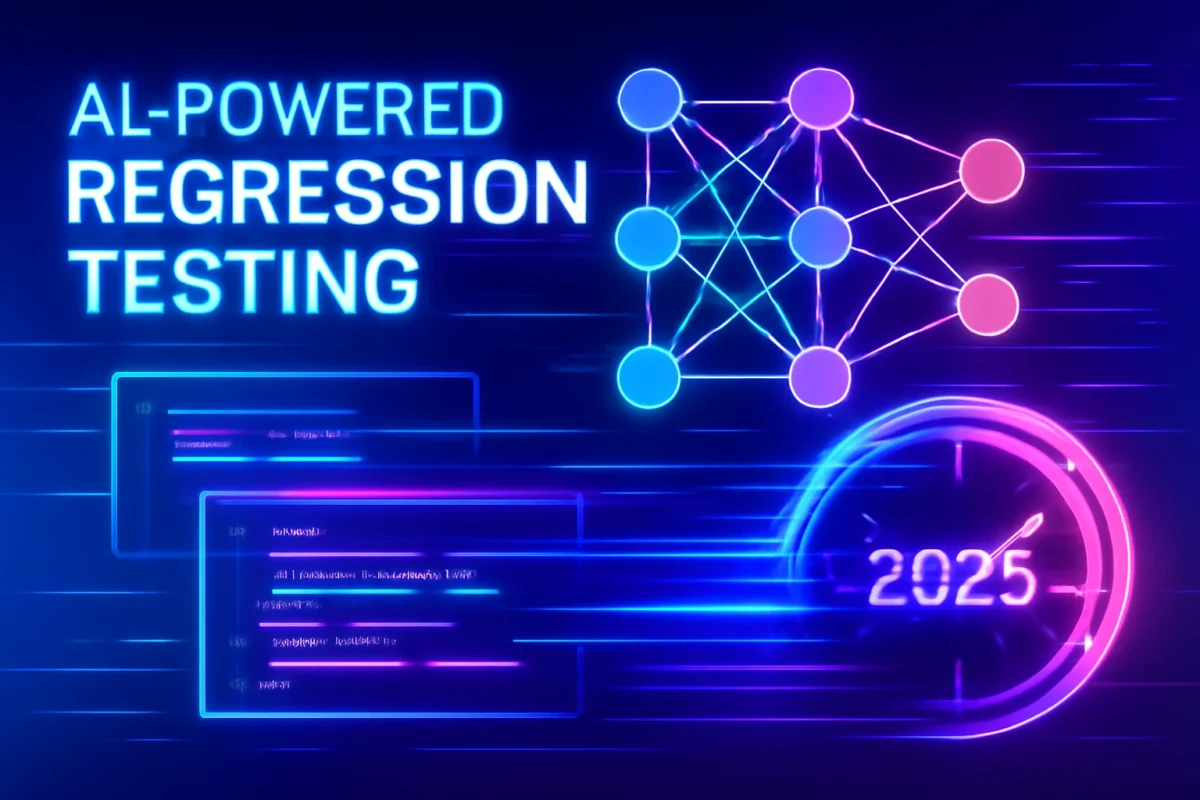
How AI is Revolutionizing Mobile App Development
How AI is Revolutionizing Mobile App Development By BD Team August, 2025 At Speqto, I, Chirag Verma, have seen firsthand how Artificial Intelligence (AI) is transforming the way mobile apps are designed, developed, and experienced. What was once limited to simple, static features has now evolved into smart, adaptive, and highly personalized applications. In 2025, […]

.webp)
 “APIs have become the backbone of modern applications, handling everything from user authentication to payment processing. Yet these same interfaces represent the largest attack surface for cybercriminals—OWASP data shows API-related breaches jumped 681% in 2024 alone. Unlike traditional web security, API vulnerabilities hide in business logic, authentication flows, and data exposure patterns that standard scanners miss.
“APIs have become the backbone of modern applications, handling everything from user authentication to payment processing. Yet these same interfaces represent the largest attack surface for cybercriminals—OWASP data shows API-related breaches jumped 681% in 2024 alone. Unlike traditional web security, API vulnerabilities hide in business logic, authentication flows, and data exposure patterns that standard scanners miss.


